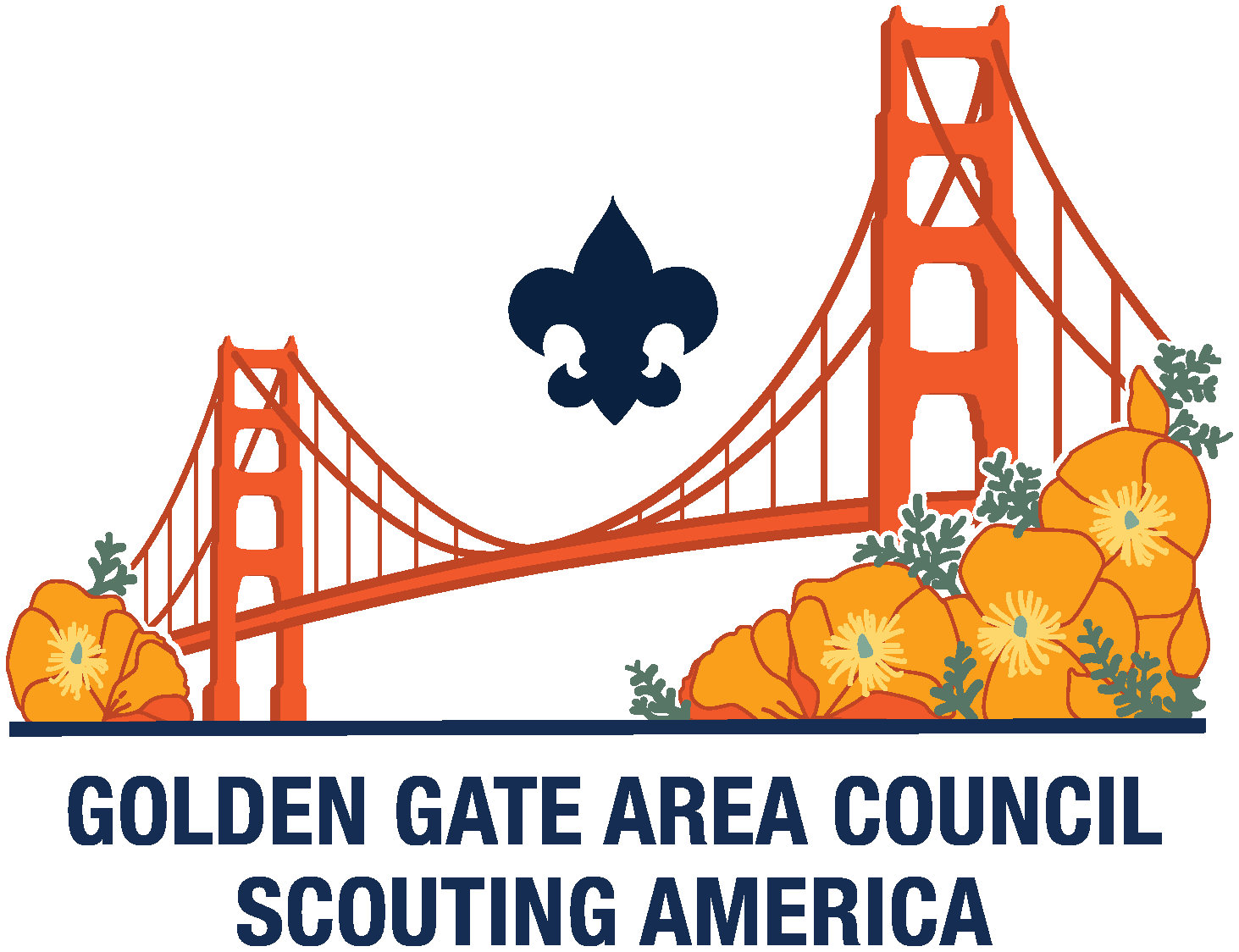Safety Moment – June 16, 2024
Safety Moment – LOOK UP . . .hazardous trees
An increasing number of incidents have been reported related to Hazardous Trees. Hazard trees include:
- Dead trees.
- Live trees with dying parts.
- Live trees that are unstable.
Even when weather conditions are favorable, hazard trees need to be cleared and removed from the area. Please assess facilities for hazard trees that could affect our Scouting community.Here are some tips to prevent a hazard tree from affecting your event:
- Assess your site. Look up, look down, and look all around when parking a vehicle, hiking on the trail, or selecting a campsite.
- Avoid campsites with hazard trees. Dead trees and dead limbs may fall at any time. Trees without needles, bark, or limbs may indicate structural defects.
- If a campsite does have hazard trees but must be used, be sure that all tents, chairs, hammocks, and work areas are outside the failure zone, or fall radius, of those trees. The fall radius on flat ground is 1½ times the height of the tree or tree part that could fail. Sloping ground could increase the danger zone.
- Don’t use dead trees, hazard trees, or other unstable objects to support tents, canopies, or hammocks.
- Check the environment constantly for changes, including the weather, as storms can increase the likelihood of trees or parts of trees falling.
- Communicate about hazard trees to others, such as units, crews, or camp authorities.
Resources:· Trees Are Good—Managing Hazards and Risk· Hazard Trees Safety Moments
Have a safety related question? – contact [email protected]
